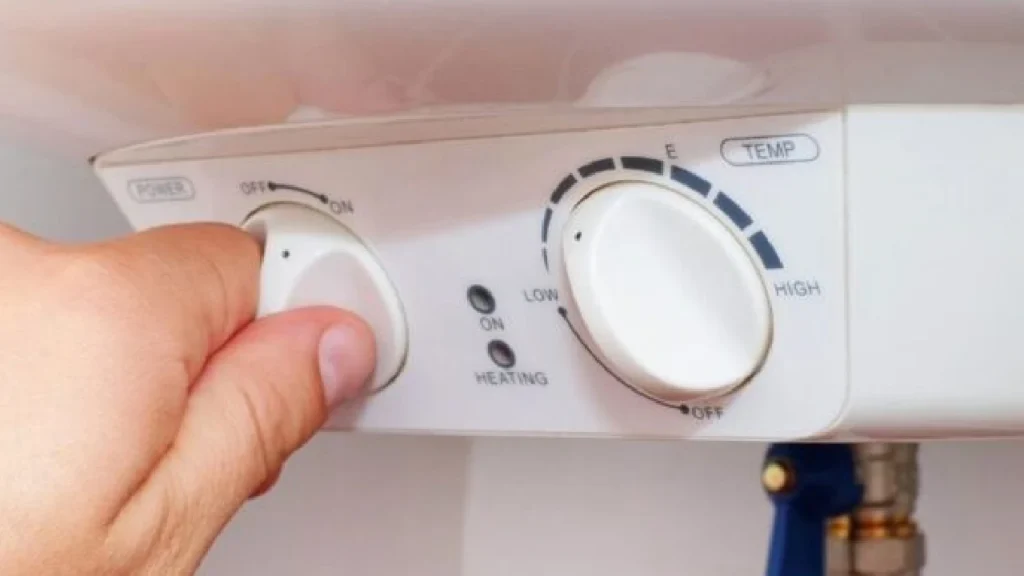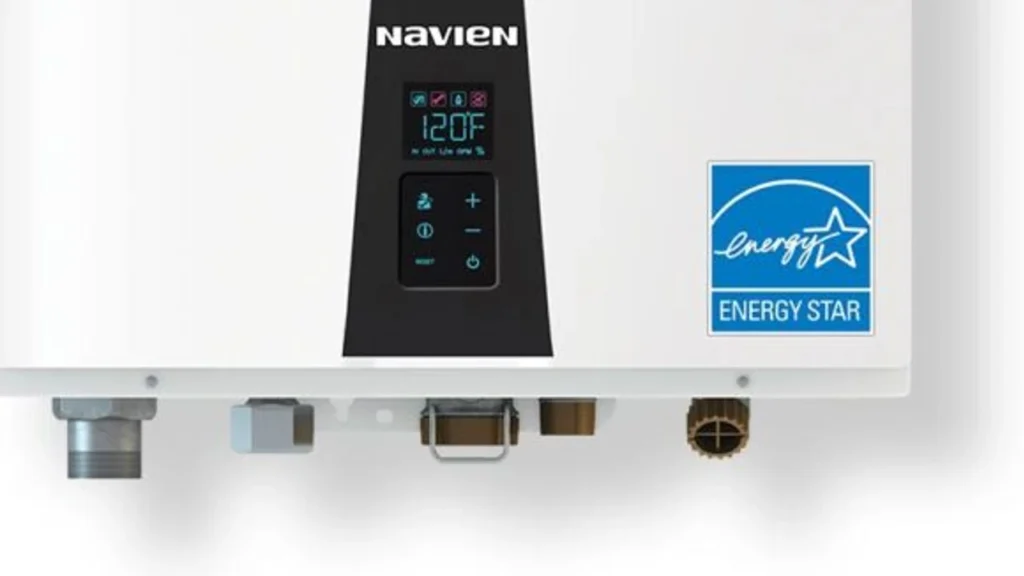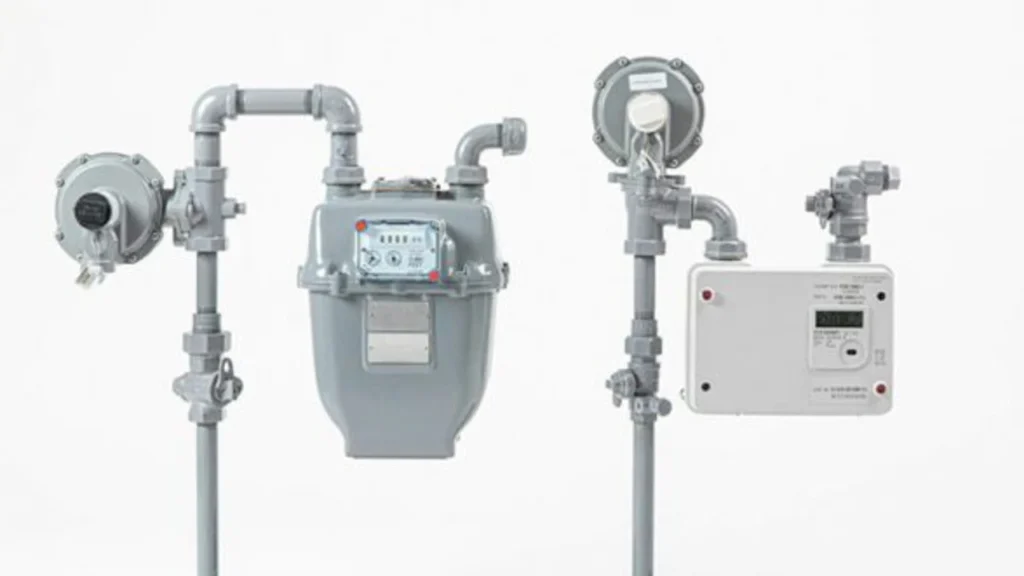What temperature should a hot water heater be set at?
In order to make sure your hot showers are hot and your clothes get washed, setting the right temperature for your hot water heater is key. Making sure the set temperature is correct will save you money on your utilities bill as readily as it will protect your family’s health. Also, be sure to check out our hot water heater replacement service. Why is the right hot water heater temperature important? Having the right water temperature for your hot water heater is key. Not only does it ensure that you have a comfortable shower, it equally mitigates potential health risks that can occur if temperature is improperly set. At the bare minimum, set your water heater temperature to the safe range of 125-140 degrees F (up to 60 degrees C). If your water heater’s tank temperature falls below the 120 degree F range, your tank is at risk of fostering the growth of bacteria. Because the water is stagnant and warm, it provides the perfect environment for bacteria to thrive: if the water isn’t hot enough to kill any organism that might grow inside, you risk putting yourself and your family in harm’s way with your bathing and drinking water. One of the main risks with a water temperature that is too low is the chance of Legionella developing in your water heater tank. Legionella is a bacteria that loves warm water and when it is ingested by people (usually by being breathed in) it can cause Legionnaire’s Disease, leading to cough, fever, diarrhea, and worse – pneumonia. This disease can be found in portable water tanks, heaters, hot tubs, water fountains, and more where the temperature will consistently remain between 68 and 122 degrees F. With serious consequences, making sure your water heater is not set too low will allow you to mitigate the risk of Legionella and other bacteria forming in your water heating unit. It is important to note that there is a misconception about how a water heater reads its temperature setting: the temperature set and read within the unit is not the output temperature at your point-of-use (a faucet, for instance) but instead the temperature of the water in the tank where the thermostat is located. The thermostat is usually located near the bottom of the tank close to the heating elements, meaning it is being exposed to a higher general water temperature and thus skews the reading of outgoing water. This is important to note as your unit does not register the outgoing water and can potentially cause scalding risks at the point-of-use. In order to find the healthy balance between avoiding bacteria and avoiding scalding your family, it has become more common for water heater manufacturers to add thermostatic mixing valves to their water heating units. This allows for the water to become superheated in the tank and then mixed with cold water to achieve a safe temperature before it is shipped off to the shower head or faucet. Factors in choosing your water heater temperature There are a few factors to consider when setting your new water heater’s temperature. Working with your water heater technician and consulting the manufacturer’s notes of your new unit will allow you to precisely set an outgoing temperature that is comfortable, efficient, and safe. Money-saving Groundwater Temperature Members of your household Relative hot water temperatures




